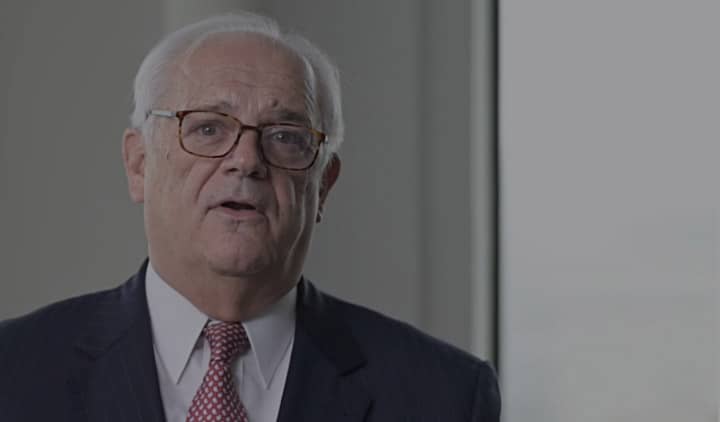If you or someone you love has been injured due to the careless or negligent actions of another person, you should be able to secure compensation from the at-fault party. When a victim is beginning the personal injury process, one of the many questions they have is – What kind of damages can I receive?
In a personal injury case, a victim can usually recover economic and non-economic damages. These are both different and they need to be understood as you go into a case.
The difference between economic and non-economic damages
Economic damages, often referred to as special damages, are those that are quantifiable after an incident takes place. This includes things like a victim’s medical bills and lost wages. Calculating these damages happens by using medical bills, the estimated cost of future medical care, evidence of lost income, etc.
Non-economic damages include a variety of things that are not as easily calculated. Often called pain and suffering damages, this can include:
- Pain
- Suffering
- Scarring
- Shock
- Anxiety
- Insomnia
- Inconvenience
- Emotional distress
- Grief
- Humiliation
- Loss of a limb or organ
- Inability to engage in pleasurable activities
- Loss of enjoyment of life
What is the cap on non-economic damages?
In California, caps on non-economic damages only apply for medical malpractice cases. For instances in which your personal injury was caused by a medical error, the most you can recover in non-economic damages is $250,000.
For every other type of personal injury case, there are no caps on non-economic damages. A plaintiff (the victim) who presents evidence of pain and suffering and other non-economic damages can be awarded any amount that a jury deems appropriate.
How are non-economic damages calculated?
Unlike economic damages, non-economic damages are harder to calculate because they do not have a “paper trail.” There are no bills for grief or loss of enjoyment of life. However, that does not mean they do not exist.
There is no fixed way that non-economic damages are calculated in California. The plaintiff, with the help of a skilled personal injury attorney, has to prove that they have suffered harm or are reasonably expected to suffer in the future due to their injuries. A jury will then use the evidence presented to them as well as common sense to award an amount for non-economic damages. Typically, the more serious the injury, the more is awarded for non-economic damages.
While there may not be direct evidence of pain and suffering, proving it exists is easier when there is objective evidence to bring to trial or settlement negotiation. This can include:
- Medical records
- X-rays, CT scans, MRIs, etc.
- Photographs of property damage and injuries
- Notes from doctors and therapists
- Evidence of lost work time and wages
- Expert witness testimony relating to medical suffering
- Testimony and videos showing the plaintiff’s level of activity from before and after the incident
There is no set amount for how much a person will be awarded. Non-economic damages are dependent on the severity of the injury and other factors of the case. For example, a teenage gymnast who is permanently disabled due to the actions of an impaired commercial vehicle driver is likely to receive more in non-economic damages than a person in their 50’s who breaks an arm due to a negligent driver.


